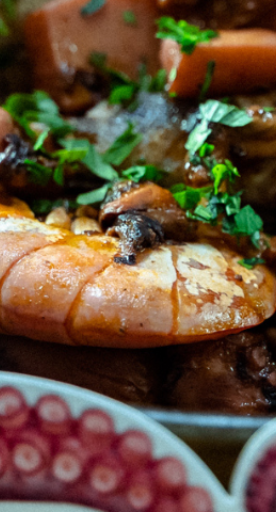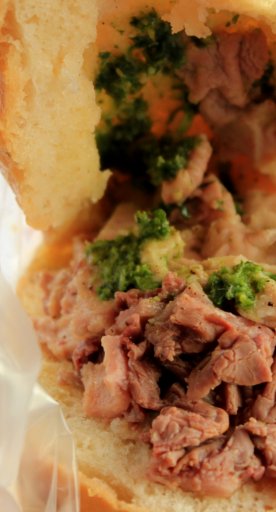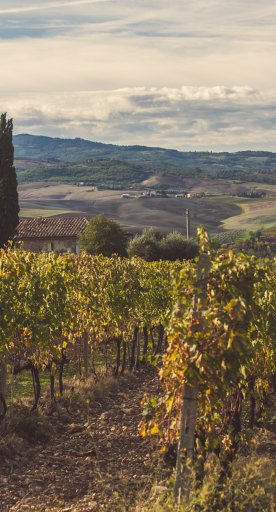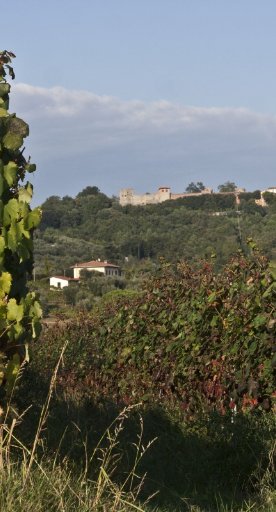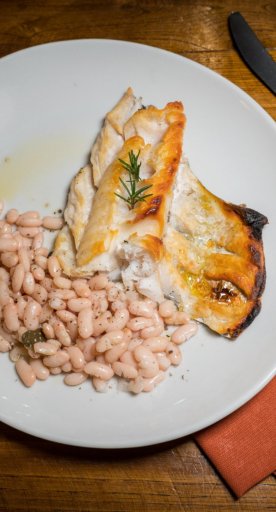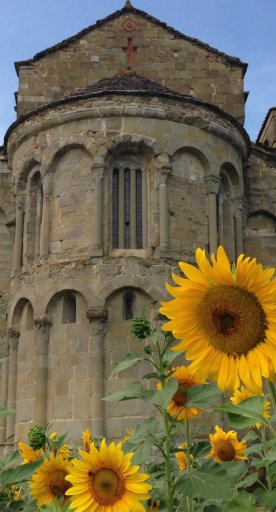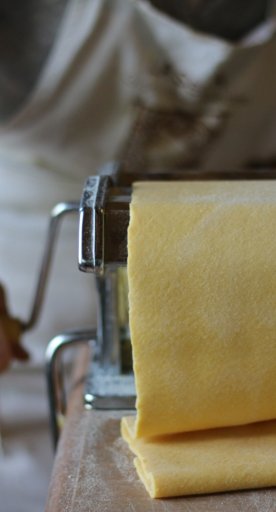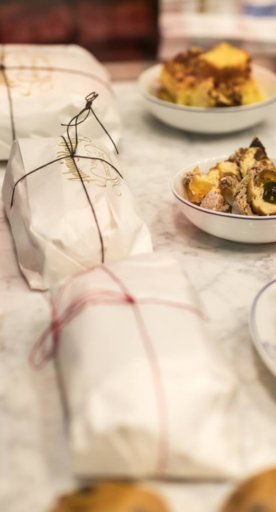The spit: a peaceful and sociable weapon
Spit-roasted meats as autumn approaches
Turning over lighted logs, the spit crackling….”: in this verse, Giosuè Carducci celebrated the sociability of the early autumnal cold in his famous poem San Martino, which also features wine (“but along the village streets from the reboiling of vats the bitter odour of wines raised spirits”) and a happy hunter eyeing up his prey, while it’s cooking. A scene from bygone times, filled with warmth, farming traditions and delicious old flavours. The spit, that thin rod on which meats are cooked over a flame or grilled over ashes, is reminiscent of the past and weaponry that was used hundreds of years ago to hunt game before firearms were invented.

There are several versions of the peaceful and household equipment: from the basic variant consisting of just one hand-operated rod, with or without a crank, over flames, to multiple, electric ones or even infrared or gas-powered spits that continually rotate over the source of heat, such as spits found in delicatessens and in supermarkets. Cooking styles and methods that apply to meat, regardless of whether it’s hunted, reared or shop-bought, and the heat, once solely ashes, can now be different. Years ago, spits were linked to whether houses, rich or poor, had a fireplace, which provided the heat and energy needed to cook things like roasted meat over embers. Now that fireplaces are few and far between, spit cooking has remained the prerogative of certain restaurants who, especially at weekends, once boasted this method to make simple dishes.
Resorting to cooking methods without embers and fireplaces, hence less demanding, the pursuit of more complicated dishes than roasts, a more discreet use of meat and generally having less time on hand have all meant that the proud spit has fallen by the wayside. This slow ancient cooking method, perhaps the first to be used by humans, enhances the quality of the meat.
The slow food movement has seen a revival in spit roasting, with a focus on the sizes of the chunks of meats, alternating the meat with bread, lard and herbs, the choice of ingredients, and the cooking times.

In Tuscany, the spit roast was and is still popular. Various sorts of meat cooked with a manual-operated machine that has holes into which the skewers slide, turning automatically and constantly. Pork slices, chicken, rabbit, lamb loin, pigeon, sausages and pork liver are the most commonly cooked, as well as a few slices of lard, pieces of bread and some extra-virgin olive oil. Every meat cut is dressed with finely chopped sage, rosemary, garlic, salt and pepper.
The pieces of meat are alternated with a slice of meat on the skewer. Chicken and pigeon call for a sage leaf too, while each piece of rabbi is wrapped in a slice of lard. Meat that needs less cooking (sausages and livers) are placed at the end of the skewer. It usually takes at least two hours to cook over the embers, basting the meat every so often with a sprig of rosemary dipped into oil. It’s easy as pie!













